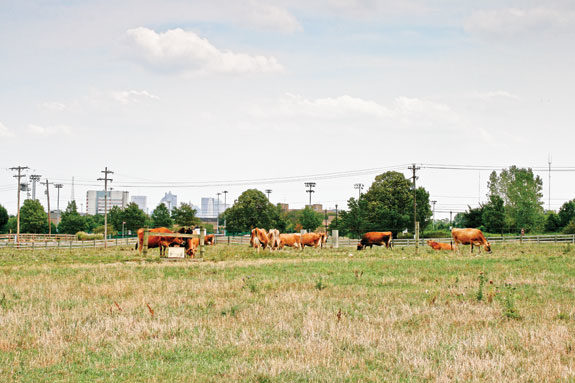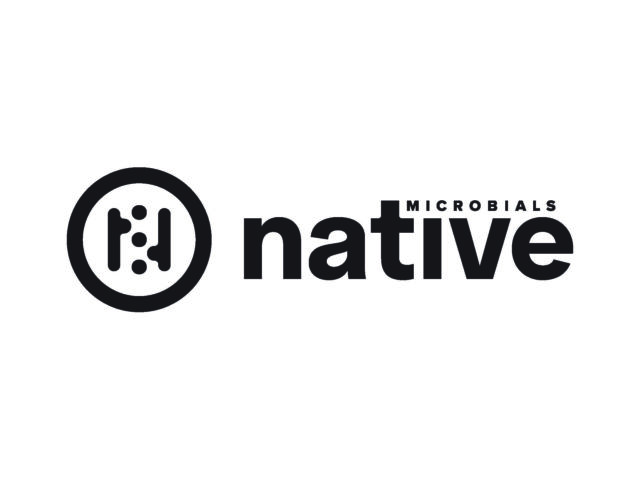Two years ago, leaders of Ohio State’s animal science department decided to cut the campus dairy herd, located at the Waterman Dairy Farm, from two breeds to one. The Holsteins were sold to the state prison system, while the Jerseys remained. The herd, which now consists of about 100 milking cows, served as a real-life example of research conducted by Washington State University’s Jude Capper, which she shared at the recent Ohio Dairy Forum.
Capper made it clear the U.S. dairy industry has already made many improvements for the environment. Simply by advancements in health, genetics and management, the dairy industry has reduced its carbon footprint by 41 percent since 1944.
But there’s still room for improvement, she says, and the Jersey breed can have some major advantages over Holsteins in the carbon footprint discussion.
For example, Capper found that Jerseys could produce 20 percent less greenhouse gas emissions than Holsteins per pound of cheese. This would be equivalent to taking 337,000 cars off the road for a year.
At Waterman, Jerseys enable the farm to operate at efficiency with animal numbers since land base is maxed out.
Story continues below photo slideshow.
The 167-acre farm is surrounded by the sights and sounds of what one would expect from the state’s largest city and one of the nation’s largest universities. In fact, close to 800,000 people call Columbus home.
Today, the management team at Waterman relies on the expertise of the American Jersey Cattle Association for furthering genetic progress.
They’re also incorporating more grazing into the management system and collaborate with the Natural Resources Conservation Service on effective strip grazing and stream management. PD
PHOTO
Jersey cows at the Waterman Dairy Farm graze with the Columbus, Ohio, cityscape close behind.






